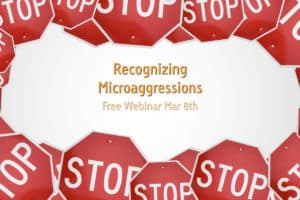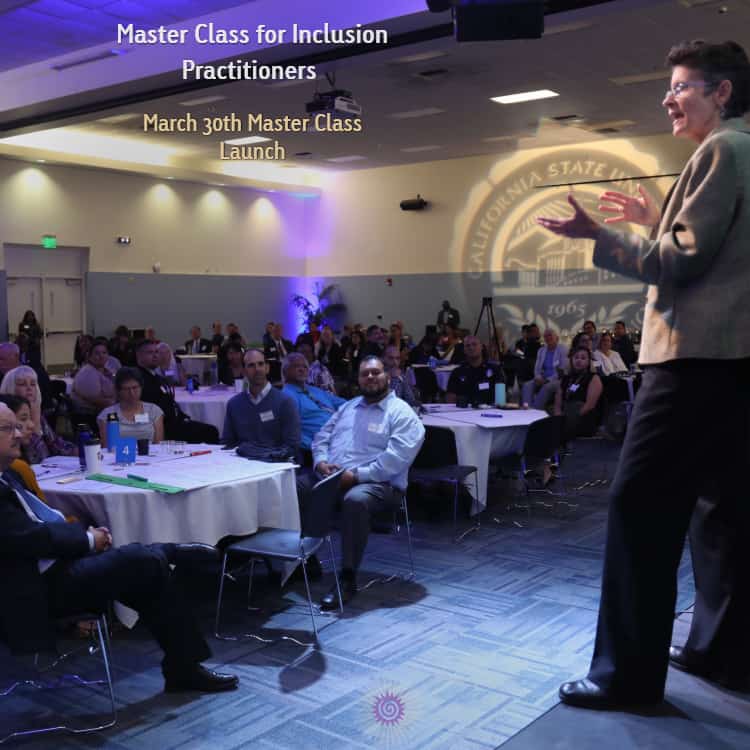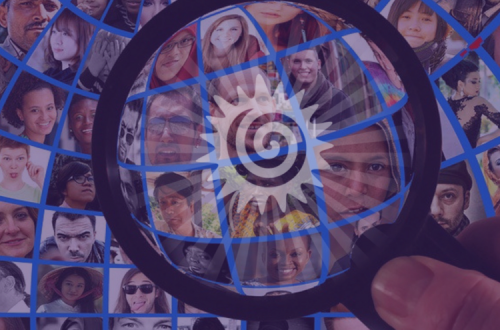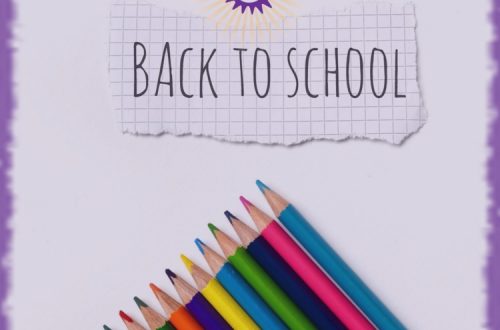Can you spot microaggressions around you?
“You have a Master’s degree…really?” asks your co-worker incredulously as she is speaking with a colleague of color.
Maybe you’ve uttered (or thought) a similar statement to a person of color, not intending to hurt them, but attempting – in your own racist way – to pay them a roundabout compliment?
Intended or not, you’re guilty of microaggressions – a snub or insult directed at a marginalized group member that communicates hostile, derogatory or negative messages.
I can hear you protest rather loudly: But I didn’t mean it that way!
Maybe not.
Society and our environment has groomed us to believe comments like this are acceptable. And if the person at the receiving end is offended, it’s their fault. They’re too sensitive. Can’t take a joke. Right?
But have YOU ever been treated as if you didn’t exist, or as if you were something less than a human being?
It hurt, didn’t it?
Microaggressions are insidious. But with dedicated efforts, we can stop them.
In my upcoming FREE 75-minute webinar on March 8, Recognizing Microaggressions, I’ll discuss microaggressions and ways to interrupt them effectively.
More Hurtful Examples of Microaggressions
“You’re really pretty…for a dark-skinned girl,” says your 50-something white boss as she makes the cringe-worthy comment to a young woman of color who was just hired in HR.

Are you getting it now?
How disingenuous and deceitful microaggressions are!
You toss out what you believe to be a compliment, but stain it with racism. You didn’t intend to hurt anyone’s feelings, did you?
Truth is, we’re probably all guilty of microaggressions at some time. Our implicit biases and stereotypes fuel our comments and behaviors when we aren’t paying attention.
Every single day, our colleagues and those we serve experience indignities and inappropriate comments that undermine morale, productivity and success. How many times have we heard such offensive comments that convey messages like these?
- “You don’t belong here.”
- “There’s something wrong with you.”
- “What you have to say is not important.”
Each one of us must greatly strengthen our capacity to recognize these oftentimes subtle dynamics. We need to be courageous: to step up, interrupt and shift microaggressions we are witness to.
Microaggressions at Work: We Hurt Only Ourselves
Did you know that studies have proven that racial diversity in the workplace actually increases productivity, profits, and morale?
Diversity offers a wealth of different opinions, ideas, and problem solving techniques. Working together in collaboration, with respect for everyone’s unique backgrounds, provides a flourishing environment where everyone is respected and appreciated.
On the flip side, microaggressions undermine any environment, whether it’s at the office, school, or business. The costs to morale, productivity, and overall health to individuals and to the organization are seemingly insurmountable.
Join me March 8th at my FREE webinar, where I’ll discuss tools that can help you be more aware of microaggressions so you can take steps to interrupt them as they happen (and share all you’ve learned to help others do the same).
Microaggressions ARE a Big Deal.
“I actually have an idea on…” says your colleague who is a member of a marginalized group – before being interrupted and then ignored by several other meeting participants.
Taken by one by one, it is easy for members of privileged groups to discount microaggressions as “no big deal” and minimize their impact.
But I think you’ve got it now. Microaggressions in the workplace – and beyond – are a HUGE deal.
The destructive cumulative impact weighs heavily on our colleagues and clients. The resulting tension, stress and preventable conflict undermine teamwork, productivity, innovation and customer service.
In my free webinar on March 8, experience the proven tools and training activities needed to teach others how to recognize microaggressions and effectively interrupt them in the workplace.
Some topics I will discuss:
- Tools to interrupt microaggressions and exclusionary behaviors effectively to create greater equity and inclusion.
- Ways to deepen your capacity to identify personal bias and stereotypes – and tips to respond more productively.
- How to share these tools and concepts to deepen the capacity of all members of your organization to create greater equity and inclusion every single day.
We must do our part to create safe and secure environments where people can just simply do their jobs without these damaging, daily dynamics. I hope you’ll join me on March 8th (and bring your colleagues along, too) so that you can take the first step toward interrupting microaggressions.
“Racism is still with us. But it is up to us to prepare our children for what they have to meet, and, hopefully, we shall overcome.”
– Rosa Parks





One Comment
Anne Ching-Holter
Hi Kathy, Thank you so much for your resources, your passion and dedication to this. I am in a non-profit parent-teacher board which is currently set up to do ‘Diversity Training’ and find this information very helpful. One of the Micro-aggressions we are experiencing through ‘Tokenization’ is that the principal hired a person of color who is an immigrant from another country and very unaware of Racism and Systemic, institutionalized and Social forms of racism. They are using her and other persons of color who don’t historically have experience in these areas as their spokesperson, and to deny other people of colors ‘Voice’ and their experiences credibility. I would love to see this addressed as another Micro-aggression on your list, because it is happening so often resulting in schisms within groups. Statistical info on this is the following: https://www.ncbi.nlm.nih.gov/pmc/articles/PMC3991435/
Other info is found here:
https://www.npr.org/sections/codeswitch/2017/11/05/561876519/theres-an-immigration-gap-in-how-latinos-perceive-discrimination
Thank you so much for your support and resources. With utmost respect and Best Regards, Anne